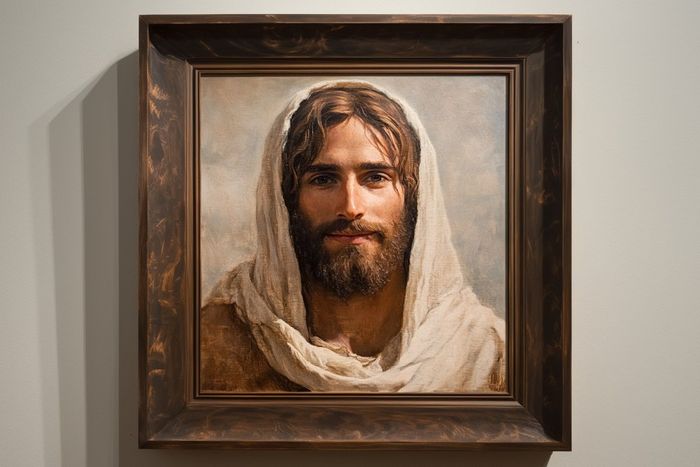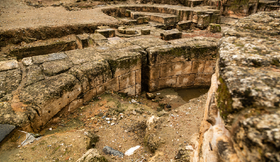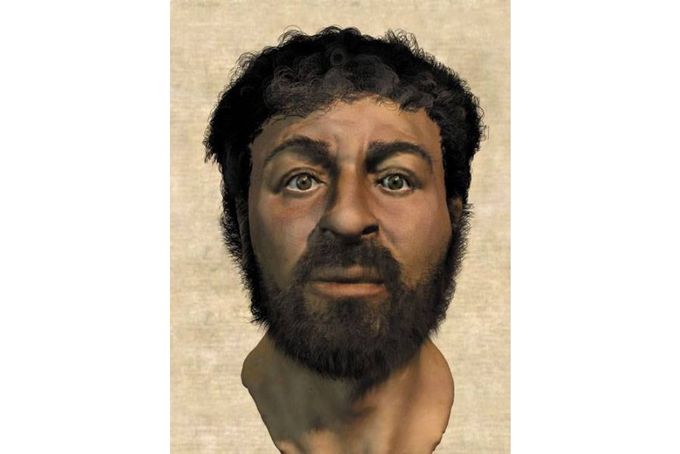What Did Jesus Actually Look Like?
Have you ever wondered why there are so many different depictions of Jesus? The truth about his appearance might surprise you.
Updated January 22, 2025.

The Gospels, the main books about Jesus's life, focus on what he taught and did, not how he looked. In fact, the Bible even hints that he wasn't a traditionally handsome guy.
Some old writings outside the Bible try to describe Jesus, but they were written long after he lived, so we can't really trust them.
The Bible does mention his clothes a few times, and it sounds like he dressed simply. Basically, there's not much solid info about his looks. This shows us that his teachings were way more important than his appearance.
But it still makes you wonder, what did he really look like?
» Learn about the most meaningful events in Jesus' life
Jesus's Appearance: Historical Context vs. Western Idealization
Jesus probably looked like most other men in Judea back then: olive skin, dark hair, a beard, and average height. He likely wore simple clothes like a tunic and sandals.
But many paintings show him with light skin, light hair, and European features. Artists took creative liberties, not sticking to historical accuracy.
It's interesting how art can sometimes stray from reality, especially when it comes to historical figures like Jesus.
» Understand Jesus' teachings about care and sacrifice
Reconstructing Jesus: The Forensic Evidence
Scientists are researching to get a better idea of what Jesus might have looked like. By studying ancient skulls and historical records, they think he probably had olive-brown skin, dark curly hair, a beard, and an average build. As a carpenter, he was likely around 5'5" tall.
These findings differ from the traditional Western image of Jesus. Instead of the pale skin and light hair often depicted, the scientific evidence suggests a more realistic, Middle Eastern appearance. Professor Richard Neave's facial reconstruction, based on skull analysis, shows this modern approach.
» Explore the relationship of Jesus and John the Baptist
The Evolving Image of Jesus
Depictions of Jesus have evolved over time, influenced by cultural, religious, and artistic shifts. Early Christians used symbols instead of direct representations. Later, Byzantine artists portrayed Jesus with a beard and long hair, reflecting Greco-Roman ideals of wisdom and divinity.
Renaissance artists continued this trend, influenced by their own appearance and aesthetic standards. This Europeanized image spread globally through colonialism and missionary activity, becoming the dominant portrayal despite its historical inaccuracy.
» Discover the countries Jesus may have visited
Related Articles

7 Interesting Facts About Caesarea Philippi in Israel
Marie-Claire De Villiers
November 29, 2024

Top 7 Things to Do in Jaffa—Tel Aviv
Alice Bassett
February 28, 2022

Why Christmas subscription boxes are the perfect gift this season
Alona
November 9, 2022

Bringing Mount Tabor, Israel to life through the Artza Holy Land blog
Daniel Goodman
April 17, 2023

Gifts that support Israel
Daniel Goodman
August 18, 2024



